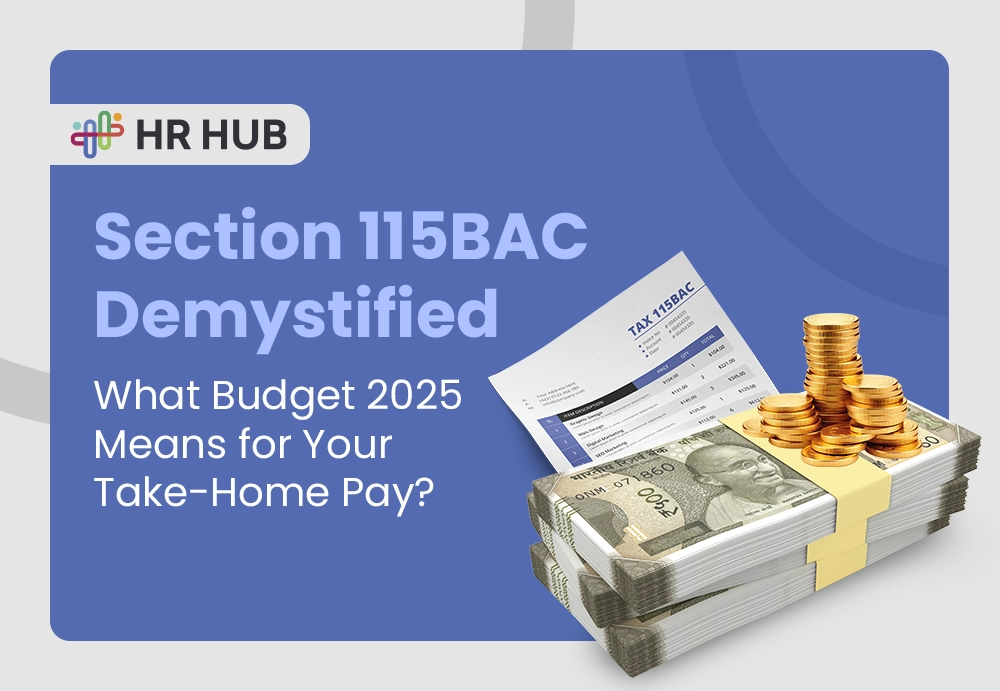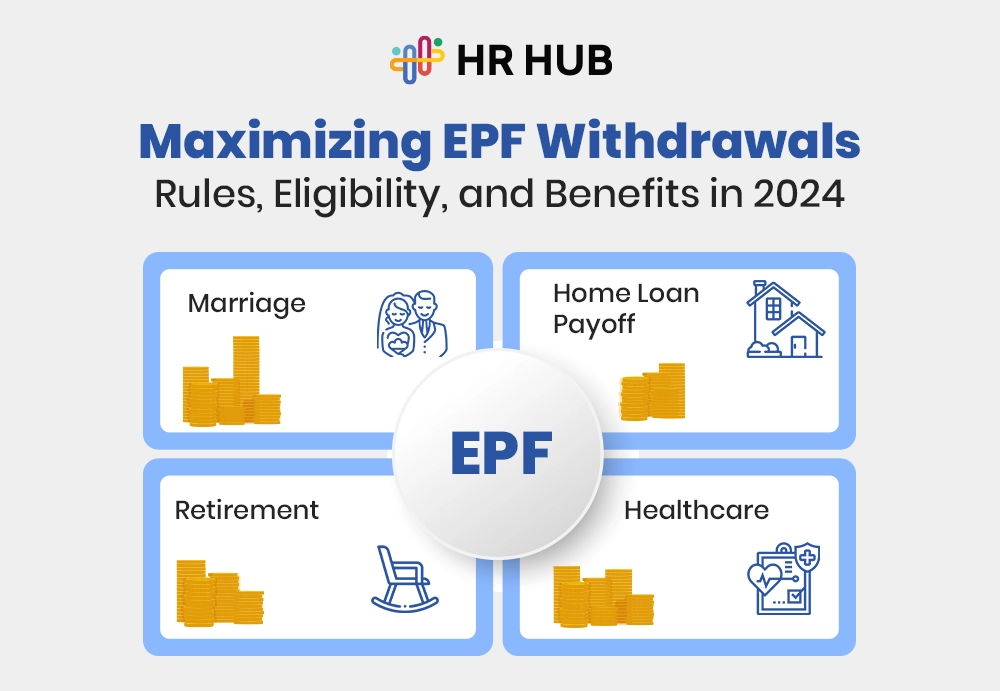Picture this: you lend a friend some money for a short while, or you borrow for that dream bike you’ve been eyeing. In both cases, there’s always that one lingering question: “How much extra will I have to give back?” That extra is interest, and the easiest way to figure it out is through something as timeless as simple interest.
It’s called simple not because it’s basic, but because it strips away the confusion of compounding and keeps everything transparent. And with tools like a simple interest calculator, anyone, whether a student, a borrower, or a saver, can make sense of their numbers in seconds.
The Definition of Simple Interest
At its simplest, simple interest is the cost of borrowing or the reward for lending money, calculated only on the principal amount for the entire duration.
Think of it as a flat road: steady, smooth, and predictable. No unexpected turns. You start with the principal, apply the rate, multiply it by time, and you arrive at the interest amount.
If you borrow ₹10,000 at a 10 percent annual rate for two years, you know that at the end of two years, you’ll owe ₹2,000 as interest: no more, no less.
This clarity is the reason simple interest is preferred in short-term lending and straightforward financial agreements.

The Formula Explained Step by Step
The formula is short, but let’s unpack it carefully:
SI = (P × R × T) ÷ 100
- P (Principal): The original sum you borrow or invest.
- R (Rate of Interest): The percentage charged annually.
- T (Time): The duration for which the money is borrowed or invested, generally in years.
Example of understanding each element:
Imagine you deposit ₹50,000 in a small cooperative bank that offers 6 percent annual interest for 3 years.
- Principal (P) = 50,000
- Rate (R) = 6 percent
- Time (T) = 3 years
SI = (50,000 × 6 × 3) ÷ 100 = ₹9,000
That means, after 3 years, your total balance will be ₹59,000.
This simple equation is what every simple interest rate calculator uses in the background, only it processes numbers faster than you can.
Why Use a Simple Interest Calculator Instead of Manual Math?
While the math is straightforward, manual errors are common when numbers get bigger or when you’re comparing multiple options. Imagine calculating the interest on different car loan offers with varying durations and rates: it gets messy quickly.
A simple interest calculator saves time by:
- Removing Errors: no risk of misplacing a zero or mixing up years.
- Speeding Up Decisions: results are instant, which matters when comparing financial products.
- Supporting Reverse Calculations: with a simple interest rate calculator, you can even figure out the rate if you already know the total interest.
For today’s digital-first generation, calculators aren’t just handy: they’re the default choice.
Practical Examples That Show How It Works
Example 1: A Personal Loan
Suppose you take a personal loan of ₹1,00,000 at 12 percent for 2 years.
SI = (1,00,000 × 12 × 2) ÷ 100 = ₹24,000
So, you’ll repay ₹1,24,000 in total. The clarity here helps you budget your repayments better.
Example 2: Lending Within Family
You lend your cousin ₹20,000 for 3 years at 8 percent.
SI = (20,000 × 8 × 3) ÷ 100 = ₹4,800
Your cousin will return ₹24,800 after 3 years. No surprises, no compounding.
Example 3: Short-Term Deposit
You put ₹50,000 in a savings scheme that runs for just one year at 7 percent.
SI = (50,000 × 7 × 1) ÷ 100 = ₹3,500
Total maturity value = ₹53,500.
Each of these shows how simple interest works consistently across different scenarios.
Simple Interest vs Compound Interest: A Story of Two Paths
To make it more relatable, imagine two travelers: Simple and Compound.
- Simple walks on a straight path. Each step is the same distance, steady and predictable.
- Compound takes a winding path where each step gets longer because it builds on the last.
When you choose simple interest, you know exactly how far you’ll go at the end of the journey. Compound interest, however, grows rapidly but requires patience and often longer time spans.
That’s why:
- Simple interest is used in personal loans, car loans, and short-term deposits.
- Compound interest dominates in long-term investments like fixed deposits, mutual funds, or retirement savings.

Where Do We See Simple Interest in Daily Life?
You may not notice it, but simple interest shapes everyday decisions:
- Education Loans: Some student loans calculate interest simply until repayment begins.
- Microfinance: Many small institutions prefer simple interest for transparency.
- Vehicle Financing: Auto loans often rely on simple structures for clarity.
- Legal Settlements: Courts sometimes use simple interest when awarding damages.
- Friendly Lending: Families and friends prefer simple calculations to avoid disputes.
Wrapping Up: Keeping Numbers Simple with HR HUB
The charm of simple interest lies in its transparency. It doesn’t complicate, it doesn’t confuse: it tells you upfront what’s expected. And with the help of HR HUB’s simple interest calculator, you can run through options in seconds, saving time and avoiding mistakes.
At HR HUB, we carry the same philosophy into HR and payroll management. Just like interest becomes easy with a calculator, HR HUB makes people management and payroll calculations effortless. From compliance checks to employee benefits, it delivers clarity and accuracy, allowing businesses to focus on growth instead of wrestling with numbers.
Simple interest teaches us that sometimes the most effective solutions are the simplest ones. HR HUB brings that same simplicity to the world of HR.






